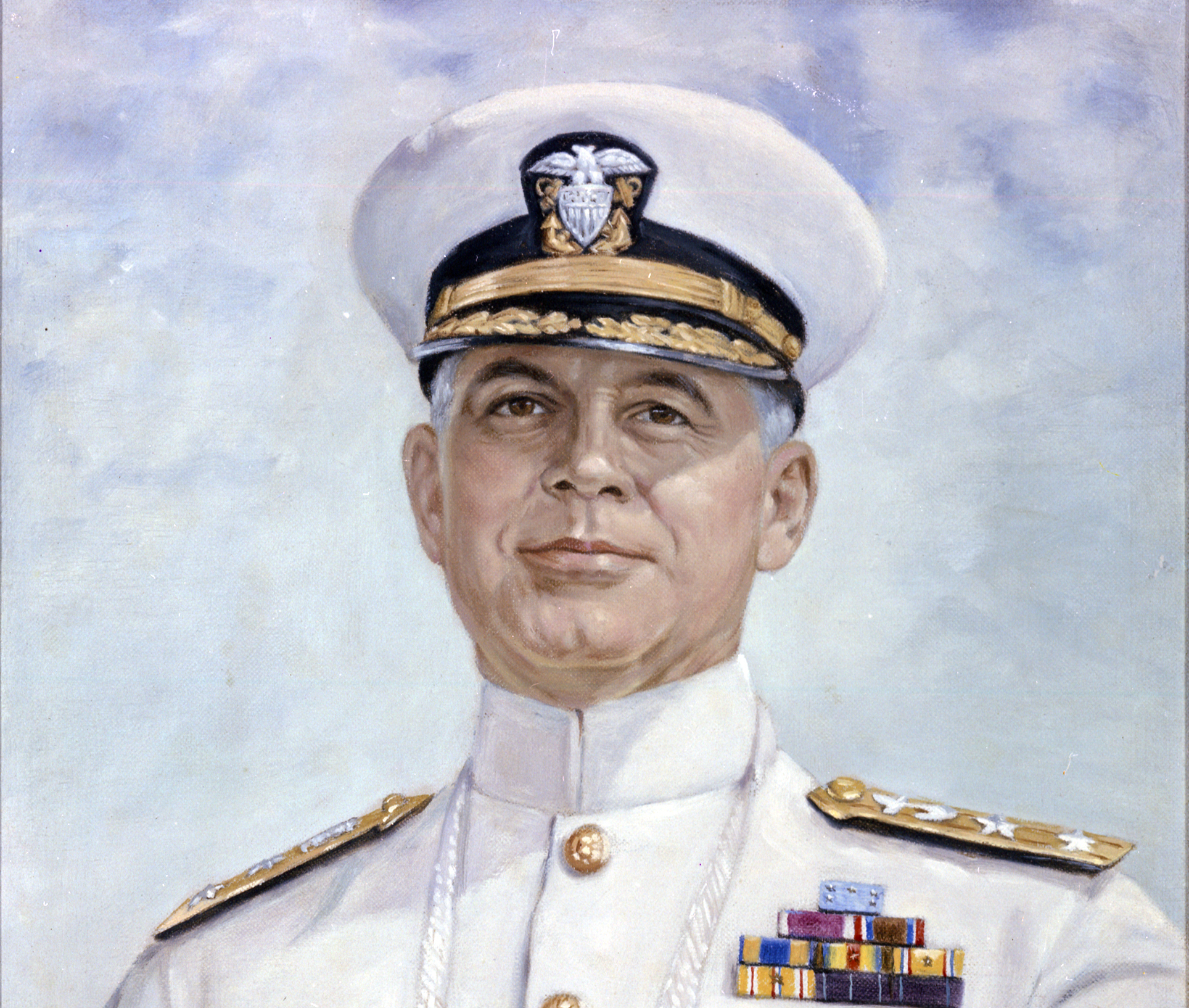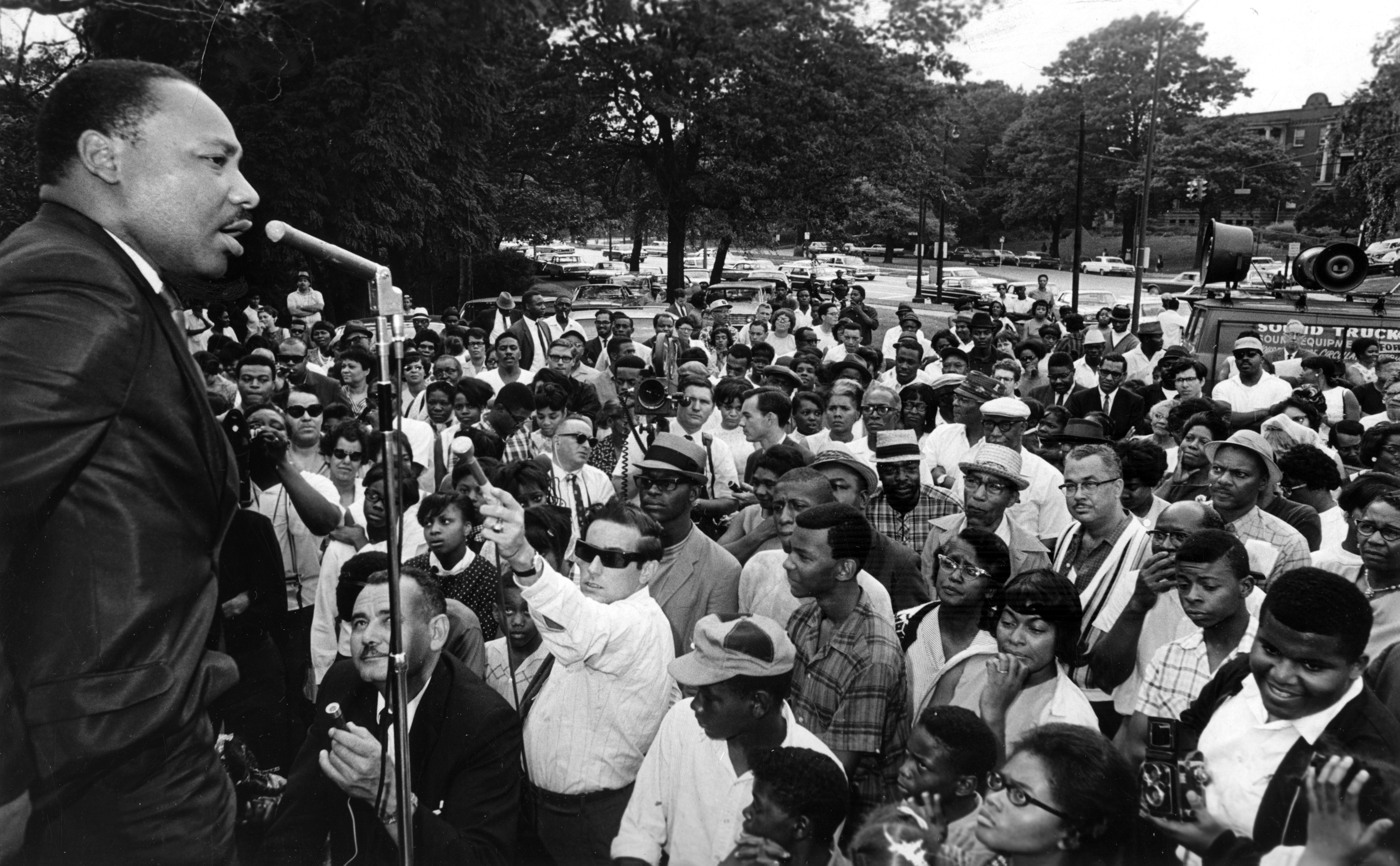1917: Veterans Memorial Bridge Remains an Engineering Marvel
by Vince Guerrieri | Jun. 17, 2024 | 9:00 AM

Courtesy Cleveland State University, Michael Schwartz Library Special Collections
In the early 1900s, a new bridge was needed spanning the Cuyahoga River, something befitting Cleveland’s new stature as the seventh biggest city in the country.
In 1912, bonds were approved for a new bridge that would cost $5 million (nearly $158 million today). At 3,112 feet long, the engineering marvel would be the largest double-decked steel-and-concrete span in the world. In the middle of 12 concrete arches, a cantilevered steel arch with an underside clearance of 96 feet would allow ships of all types to pass underneath.
On Oct. 15, 1917, the bridge opened with a ceremonial first ride by a variety of dignitaries, including county commissioners, county engineer W.A. Stinchcomb (who was challenging Harry Davis in the mayoral race that year; Davis, who would win re-election, did not attend the opening) and Helen Petrusky, a four-year-old born on the day construction started.
The new bridge was heralded not just for its engineering but for what it would mean for economic development, opening up access to the West Side. (Lakewood was incorporated as a city in 1911 with a population of 15,000. By 1920, it had swelled to 40,000, and was 70,000 a decade later.)
Soon, the bridge became one of the busiest thoroughfares in the city, with cars traveling the top level and trolleys underneath. A second high-level bridge, from Carnegie to Lorain Avenue, opened in 1931 to ease some traffic congestion. In 1954, trolleys stopped rolling across the lower level, which remained a curiosity, open occasionally to give historians and rail fans a sense of what was. But that might change soon.
Even before his inauguration, Cuyahoga County Executive Chris Ronayne identified the lower level of the bridge (renamed the Veterans Memorial Bridge in 1989) as a prime spot for further public access. In June, the lower level hosted an art event the weekend of the summer solstice.
For more updates about Cleveland, sign up for our Cleveland Magazine Daily newsletter, delivered to your inbox six times a week.
Cleveland Magazine is also available in print, publishing 12 times a year with immersive features, helpful guides and beautiful photography and design.

Vince Guerrieri
Vince Guerrieri is a sportswriter who's gone straight. He's written for Cleveland Magazine since 2014, and his work has also appeared in publications including Popular Mechanics, POLITICO, Smithsonian, CityLab and Defector.
Trending
-
1
-
2
-
3
-
4
-
5










